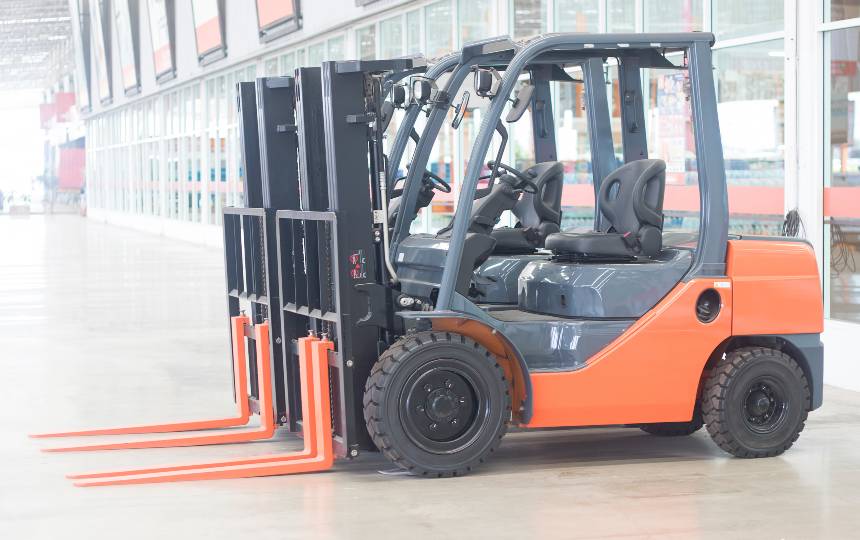Due to this concern, environmental issues rightly propelled to the forefront of warehouse modernization. Lithium-ion-battery-powered electric AGVs offer reduced fossil fuel consumption and zero emissions in indoor applications. Energy-efficient conveyor motors and LED illumination systems, managed by occupancy sensors, minimize utility costs and carbon footprints. Smart heating, ventilation and air-conditioning (HVAC) systems keep conditions at an ideal level but will adjust output based on real-time usage patterns. Smart equipment that moves materials leverages route and load optimization to reduce wasted travel, saving energy. Retailers are also able to use digital inventory management to reduce overstocking and waste. When viewed collectively, these green logistics efforts highlight the imperative of operational excellence for both the narrower issue of the firm as a firm building greener supply chains, but also the need to increasingly look outside of the firm, and how green logistics efforts can help you as a customer to help green supply chains as a whole
A Retail Distribution Center Transformation
An early online retailer had a major customer satisfaction issue over order inaccuracy, and long delivery windows. In response, the company launched a complete renovation of its 800,000-square-foot distribution center, rolling out a full suite of smart warehousing equipment. AGVs now take pallets from receiving docks to an AS/RS array, while AMRs conduct case-level picking across several aisles. Intelligent conveyors with dynamically adjustable sortation send orders outbound to automated packing workstations that assemble shipments with the help of robotic arms. Forklifts and conveyors equipped with integrated sensors stream data into a cloud-based WMS that orchestrates tasks and tracks equipment health. In less than six months, pick-and-pack cycle times were down 45 percent, order accuracy was up to 99.9 percent, and labor costs had fallen 30 percent. This was a very powerful solution and it paid for itself in less than 2 years as a clear proof of the real value coming from holistic automation.
Challenges and Considerations
While the potential of smart warehouse equipment solutions is transformative, these solutions also present intrinsic challenges. This can be a budget strain as it requires high upfront capital costs, which makes careful cost-benefit analyses and phased investments a necessity. When legacy systems do not maintain standardized interfaces or data format, integration complexity increases and may become a risk. Cybersecurity threats multiply as more devices connect to corporate networks, demanding strong encryption and access controls. Fear of job loss could lead to a resistance in the workforce highlighting the need for change management and clear communication. Lastly, regulatory compliance — especially regarding hazardous materials processing and automated equipment operation — requires validation of safety measures of the highest caliber. Confronting these considerations directly makes certain that smart technology deployments translate into sustainable, long-term benefits.
Future Trends and Innovations
In the future, the frontier of smart warehouse equipment is expected to lead to even further convergence between the physical and digital worlds. Artificial intelligence algorithms will help improve real-time decision-making, rerouting AGVs automatically in response to order backlogs or congested path disruptions. What swarms of micro-robots might do is work together on small parcels or to conduct inventory audits, operating using edge-computing frameworks to limit latency. Digital twins — digital replicas of whole warehouse ecosystems — will allow managers to simulate changes to the layout, conduct stress tests on equipment loads, and train staff in immersive environments. Data provenance creeping up through other global fabrication supply chains could be secured via block chain technology to verify the source of supply and condition of goods within smart material handling equipment. As these innovations age, warehouses will evolve into dynamic laboratories of efficiency, resilience, and customer satisfaction.
Shaping a Future Built on Agility and Innovation
Organizations will need to foster a culture of constant innovation around Warehouse equipment and material handling equipment as technological developments accelerate. Investing in ongoing training will keep teams able to fully leverage new capabilities—from AI‑driven route optimization to self‑diagnosing equipment. No less necessary is the adoption of modular systems that can be quickly reconfigured, enabling businesses to adjust to changing market demands without expensive capital projects. By combining human ingenuity with agile, data‑driven tools, businesses will be as productive, waste a fraction of the resources, and provide optimal service. In the long run, those that take restructuring not as a threat, but as a chance to evolve will thrive.










